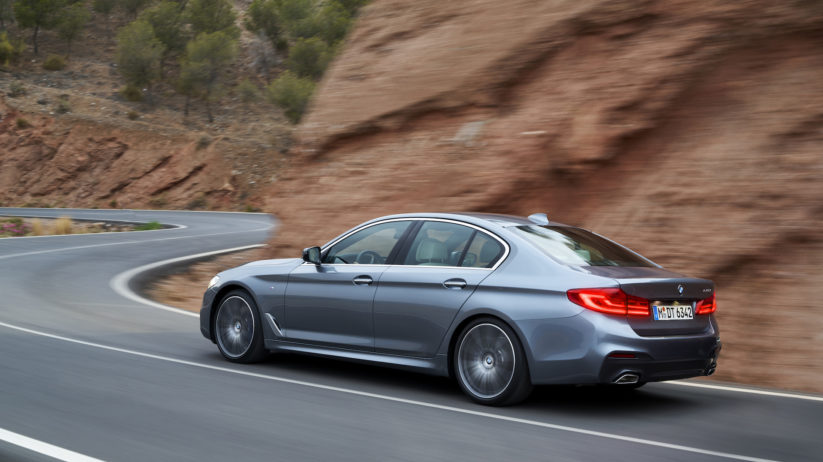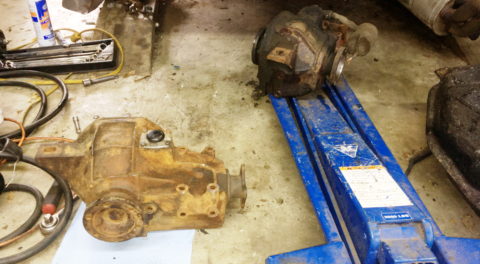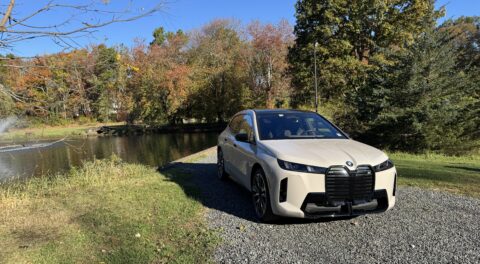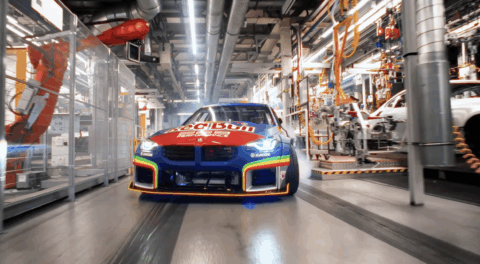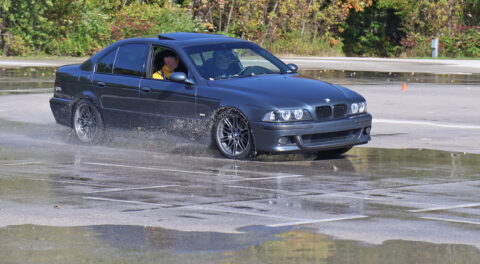There was a time when the entire BMW lineup was comprised of sedans and a handful of coupes. Three-box sedans like the E30 3 Series, E28 5 Series, and E23 7 Series defined BMW during the 1980s, but last year, BMW SAVs and SACs like the X3 and X5 accounted for just shy of 60% of total sales. The diehards among us have been witnessing the change for more than two decades now, a process that was kicked off by the E53 X5 during the last year of the previous century. These days, the most popular BMW model in the U.S. is not the 3 Series, but the X3, while the X5 and X7 handily outsell previous staples like the 5 Series and 7 Series.
It’s even happening in Europe, where the station wagon was long considered preferable to an SUV of any kind. The last major holdout on a national market level is China, where the prestige of a sedan simply cannot be topped. High sedan sales in the Chinese market are one obvious reason why BMW, among others, builds and sells models like the 1 Series sedan, and long wheelbase variants of the three and 5 Series.
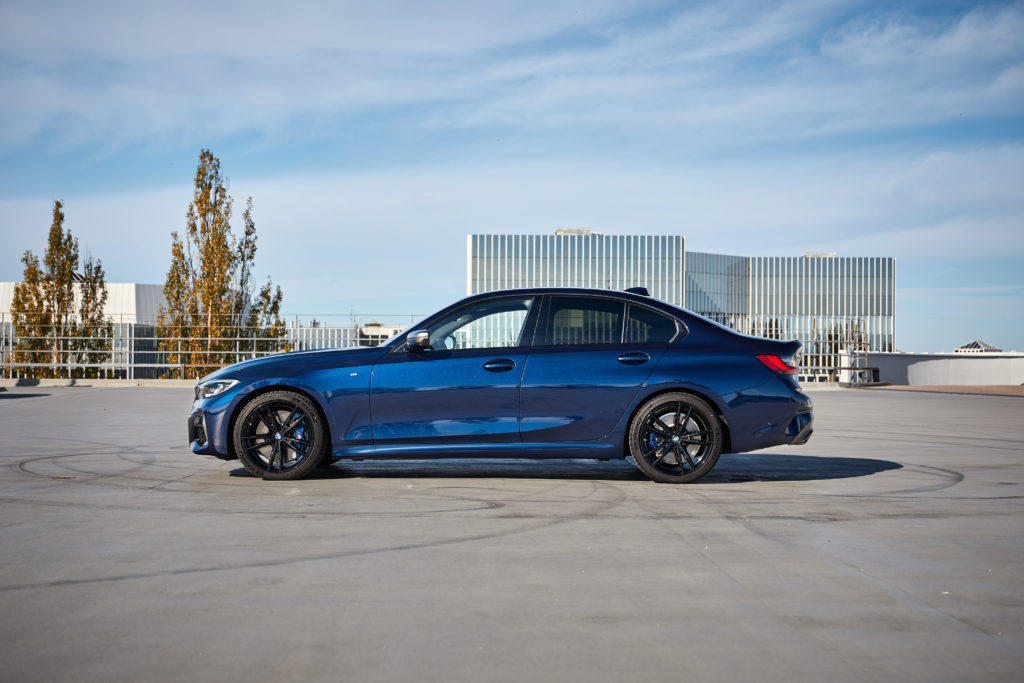
But what does this mean for a company that has built a reputation on selling the premier sport sedan for over 40 years? In the case of BMW, which still offers an array of exceptional rear-drive sport sedans, the future has seemed uncertain for those of us who may have cut our teeth on the E36 M3 of the 1990s. Sure, BMW builds a modular rear-drive platform that looks like it’s going to be used for the long term, but what’s to happen to the quintessential three-box sedan that BMW has been perfecting since the New Class?
According to chief BMW designer Domagoj Dukec, sedans, at least in some form, are here to stay. While SAVs and SACs are here for the long run, and are expected to account for at least half of sales going forward, the remainder will be owned be the more conventional BMW models that drew many of us in to begin with. Dukec illustrates that BMW’s market research shed light on two main aesthetic trends; casual and elegant. As per Dukec’s explanation, a casual design is a bit more contemporary, with domiciles like a loft or midcentury house with open layouts in which you might see more of the owner’s belongings serving as great examples. Elegant, on the other hand, embodies a more classic approach, with dedicated spaces for their own purposes, like a separate kitchen, dining room, and living room.
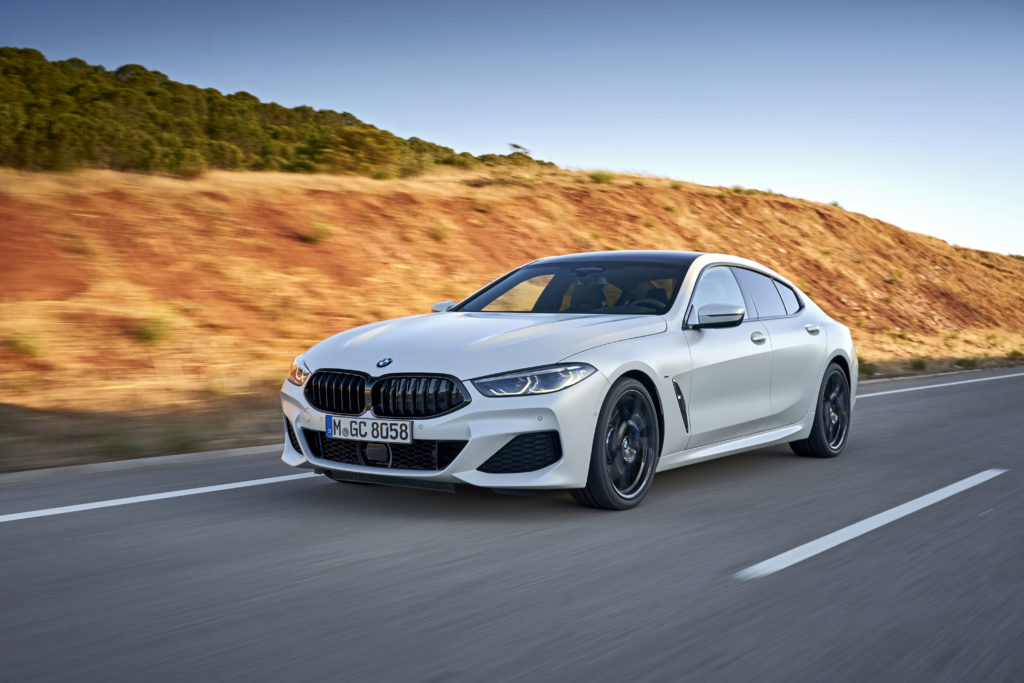
Following Dukec’s line of reasoning, the same thoughts can be applies to cars. In the traditional three-box sedan, which is perhaps best embodied by the BMW E30 3 Series, the trunk, seating area, and engine are all isolated with distinct transitions between them. In something like an X3, this isn’t the case. The rear cargo area isn’t separated by a bulkhead and folding seats; reach behind the second row, and there it is. There’s still an engine compartment, but the traditional structure, shape, and layout of a vehicle, both inside and out, are distinctly different.
Nevertheless, the sedan still needs to keep pace with modern taste. And oddly enough, that means putting a modern spin on the fastback designs we first saw on four-door cars nearly 70 years ago. If there’s one thing you can expect about BMW sedans going forward, it’s that they’ll start to look more like the automaker’s Gran Coupé models, if they aren’t replaced by them outright in some cases. It’s the same with national competitors Audi and Mercedes-Benz, the latter of which essentially invented the modern segment when it debuted the Vision CLS concept in 2003.
This isn’t necessarily surprising if you’ve been paying attention to the modern BMWs on the road around you. In many cases, if a four-dour BMW passes by and it’s not an SAV or SAC, it’s probably something like a 4 Series Gran Coupé, and soon, it might be the new 2 Series Gran Coupé.—Alex Tock
[Photos courtesy BMW AG.]

